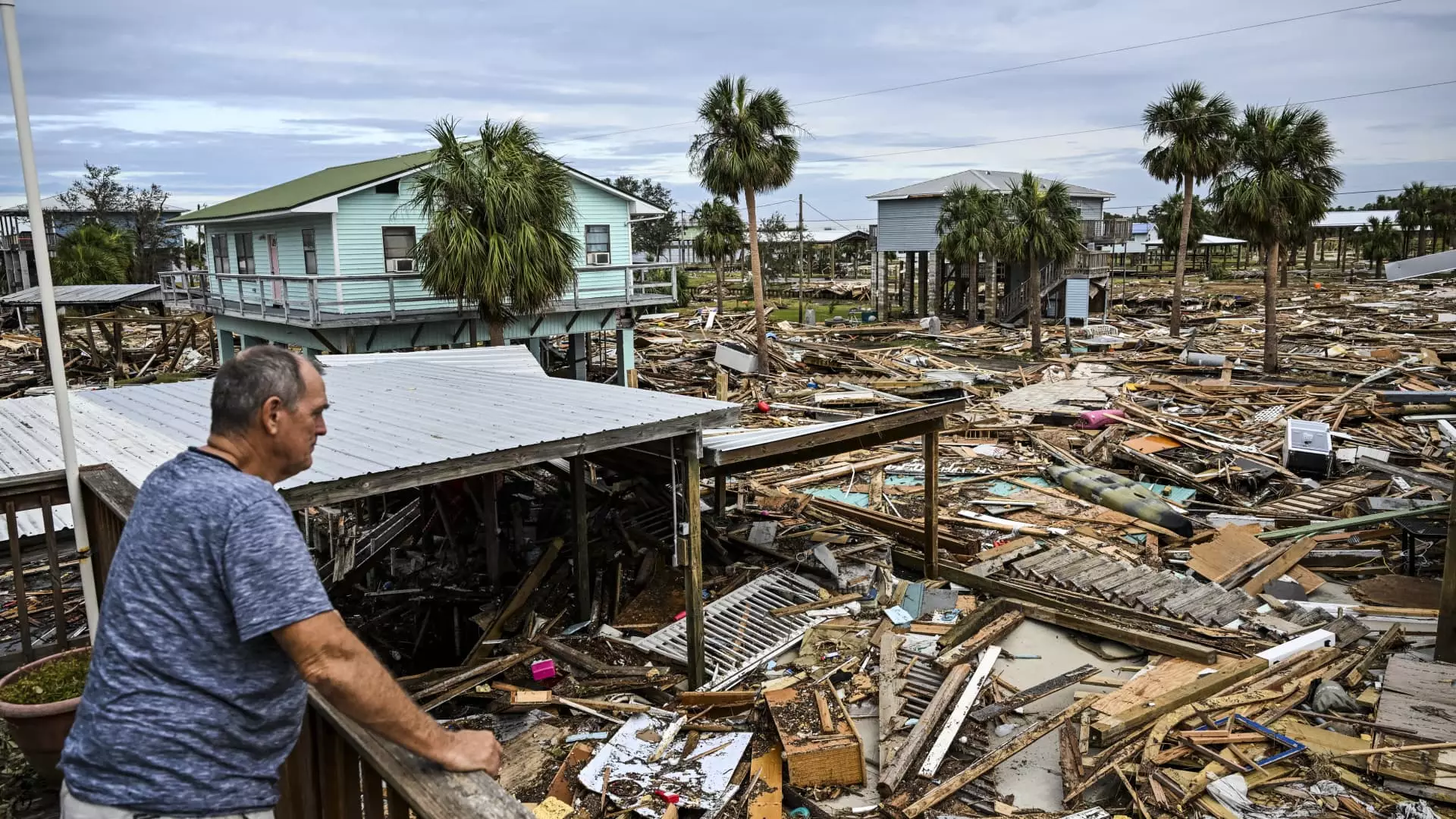Natural disasters can leave devastating impacts on communities, affecting lives, homes, and finances. Tax relief options are often available to assist victims in their recovery, but navigating these benefits can prove complex. As hurricanes and other calamities strike with increasing frequency, understanding how to access tax deductions for casualty losses becomes imperative for many affected families.
In late September 2023, Hurricane Helene inflicted significant damage across several states, including Florida, Georgia, and North Carolina. Just weeks later, Hurricane Milton compounded the disaster with tornadoes and extensive flooding in central Florida, leading to unprecedented destruction. Both events resulted in considerable financial losses, reaching tens of billions of dollars, affecting homeowners regardless of their insurance status. As survivors begin to assess their losses, the potential for tax relief becomes a focal point amid their recovery efforts.
Eligibility for Casualty Loss Deductions
The Internal Revenue Service (IRS) outlines eligibility criteria for taxpayers seeking casualty loss deductions. Following recent disasters, affected taxpayers may amend their 2023 tax returns to potentially claim these deductions. However, the qualification process is not straightforward. Certified public accountant Mark Luscombe notes that the 2017 Tax Cuts and Jobs Act significantly altered the landscape for casualty loss deductions. Previously, taxpayers could claim losses for various personal property catastrophes; current rules focus strictly on losses in federally declared disaster areas until 2025.
This limitation means that while taxpayers can still seek relief, they must first confirm whether their losses occurred in officially recognized zones. For many individuals, this revelation can be both a flicker of hope and a source of frustration, as navigating federal declarations can be time-consuming.
Determining the extent of one’s casualty loss involves several delicate calculations. The process initiates with the home’s “adjusted basis,” which represents the original purchase price along with any capital improvements made over the years. According to tax advisor Beth Brennan, this figure needs to be juxtaposed against the diminished fair market value post-disaster, which may not always be easy to assess immediately.
In the wake of a catastrophe, property appraisals can be scarce, yet the IRS provides “safe harbor methods” to aid those in need. These methods typically do not rely on appraisals, which can be a stumbling block for many taxpayers who lack timely evaluations of their properties’ worth. The IRS encourages individuals to use established benchmarks for estimation, allowing them to effectively document their losses.
Once fair market value is determined, the subsequent steps involve careful subtraction of any insurance payouts or governmental relief funds received. A critical nuance in this calculation includes a baseline cut of $100 alongside 10% of one’s adjusted gross income (AGI). Luscombe emphasizes that a higher AGI can diminish the allowance for the casualty loss deduction, potentially causing further financial strain on affected families.
While the standard casualty loss deduction presents challenges, certain specific situations offer enhanced relief options. For instance, if a loss qualifies as a “qualified disaster loss,” it can provide additional benefits. Under such circumstances, the deductible amount increases from $100 to $500, and the 10% AGI threshold is waived, enabling survivors to recover a greater portion of their losses. Moreover, in these instances, individuals have the option to add their losses above the standard deduction, enhancing their potential relief during recovery.
Ultimately, those grappling with the aftermath of a catastrophe should closely examine their financial situation concerning casualty losses. Utilizing the available tax codes efficiently can provide crucial financial support as they rebuild their homes and lives. Balancing between understanding the intricate tax rules and ensuring timely applications is essential for maximizing benefits and fostering a swift recovery process. Knowing the ins and outs of the tax relief system can be a vital lifeline for disaster victims striving to restore some normalcy in their lives following devastating events.

